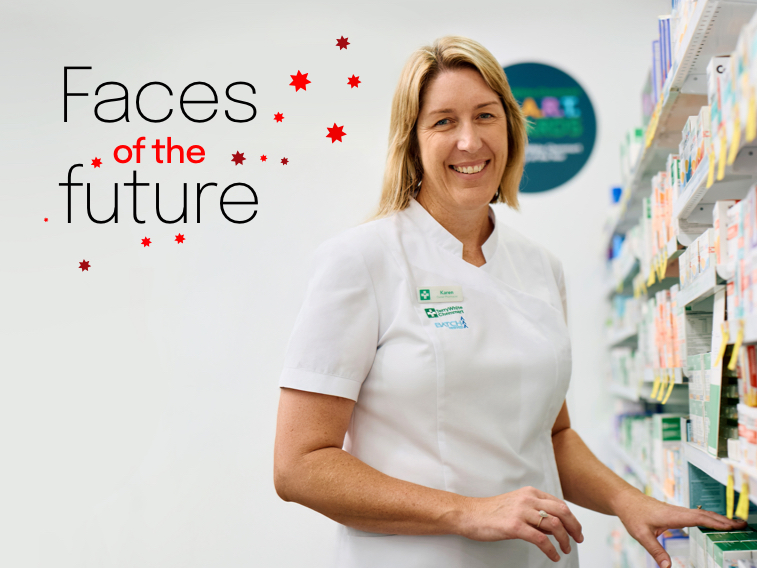Former professional netballer Karen Brown’s passion for scoring healthcare innovation goals has seen her continually break new ground.


Article
Since new standards for hospitals and day surgeries took effect in January 2013, there have been signs of improvements for patients that also make financial sense. Professor Picone AM, CEO of the Australian Commission on Safety and Quality in Health Care, discusses the initiative.

Caring for ill people is an extraordinarily complex business involving many different people with varying levels of skill, highly-sophisticated technology and treatments which are continually being updated and changed.
“As humans are providing that care, mistakes are inevitable,” says Professor Debora Picone AM, Chief Executive Officer of the Australian Commission on Safety and Quality in Health Care. “But patients are entitled to enter a system where everything possible has been done to minimise preventable events such as medication errors, falls or catching an infection. This is what the National Safety and Quality Health Service Standards were designed to do.”
The Standards provide a nationally-consistent and uniform set of measures of safety and quality across 10 different areas:
Endorsed by Australian Health Ministers in November 2010, the Standards have been mandatory for all hospitals and day surgeries since 1 January 2013.
“We’re already seeing indications of improvements across the system, particularly in terms of hand hygiene and a reduction in rates of infection,” says Picone. “People are being very positive about working with us on this, particularly the clinical staff. Doctors and nurses are always very keen to ensure that their patients have a safe experience.”
A new system of accreditation has been introduced to check that the Standards are being implemented correctly. “When you’ve passed accreditation you can assure patients and their families or carers you have the 10 new safety systems in place,” says Picone. “So far this year 130 hospitals and day surgeries have undergone accreditation, which I see as another very positive sign.”
While patient safety will always be a priority, the Standards also make financial sense. “Public or private, all hospitals and day surgeries are businesses,” says Picone. “Adverse events add very significant costs so, when you reduce those which are preventable you’re also going to lower business costs over time. This really is no different from any other system of risk management.”
There’s no question that the Australian health system is one of the best in the world. “I think the fact that the people who work in it are so dedicated to maximising patient safety is evidence of their incredible professionalism,” says Picone.
She has also been impressed by the commitment of federal, state and territory governments. “As far as I’m aware, Australia’s the first OECD nation to make these kinds of standards mandatory,” she adds. “And, while we often hear talk of a lack of cooperation between the various levels of government, one of the reasons why this initiative is proving so successful is that this has been a great partnership between the federal government and the states and territories. Everyone has been very committed to working towards a common goal.”
Find out more about the NSQHS Standards and accreditation
© National Australia Bank Limited. ABN 12 004 044 937 AFSL and Australian Credit Licence 230686.